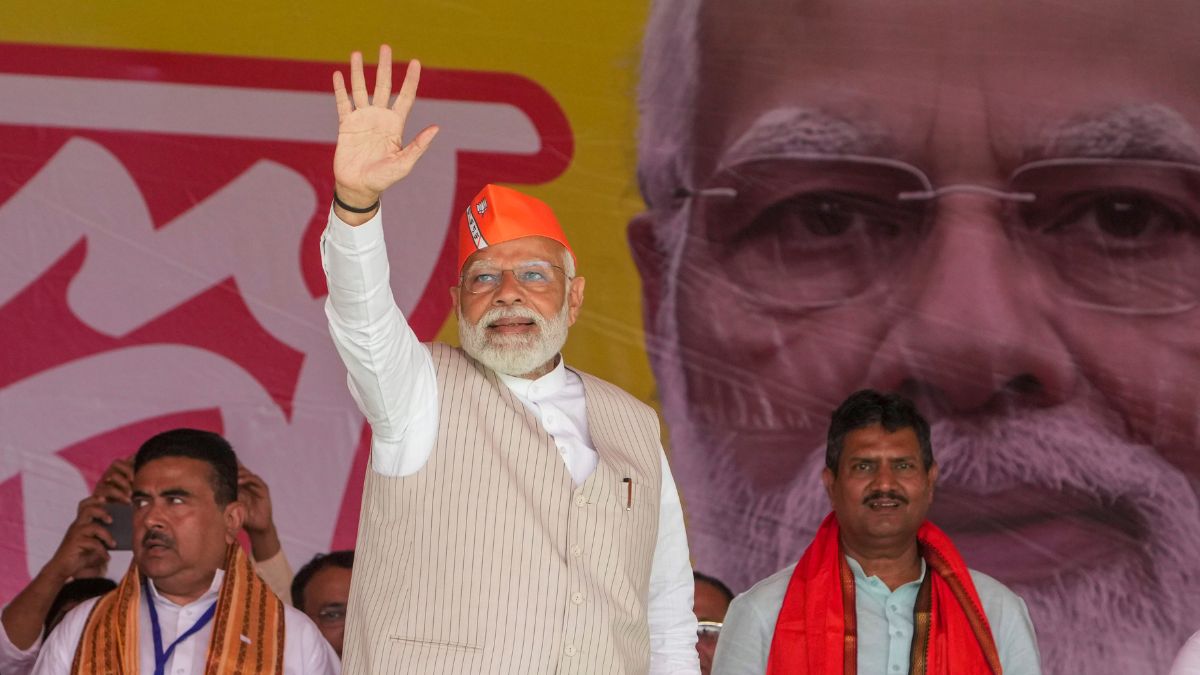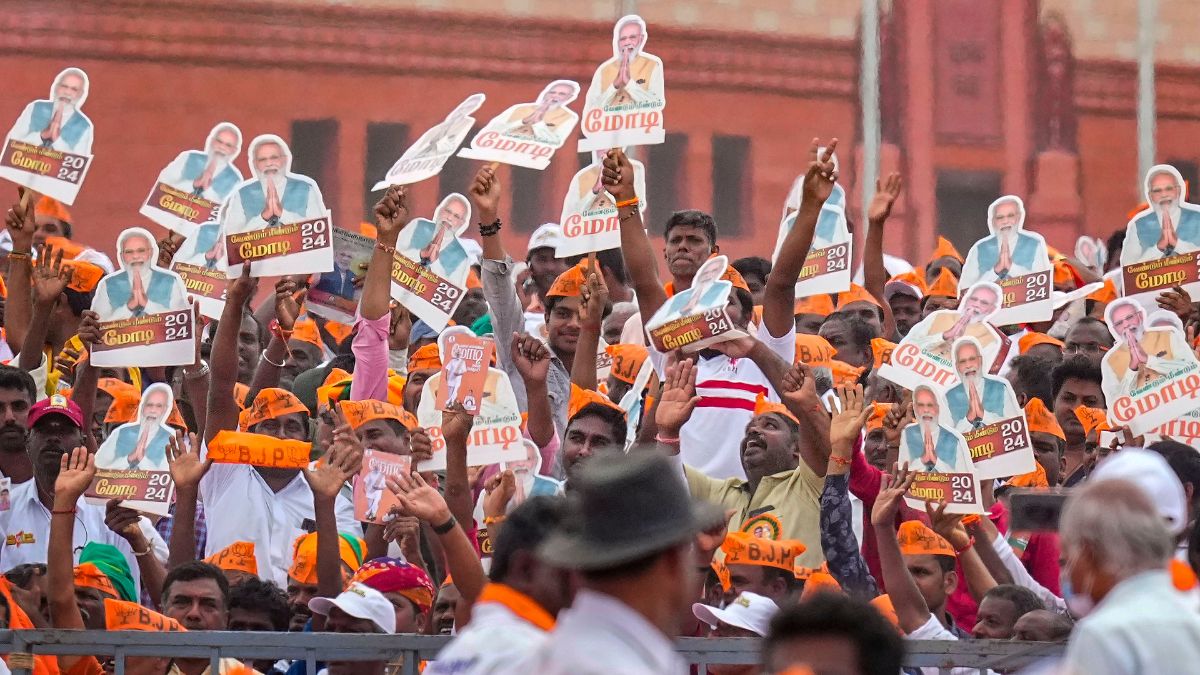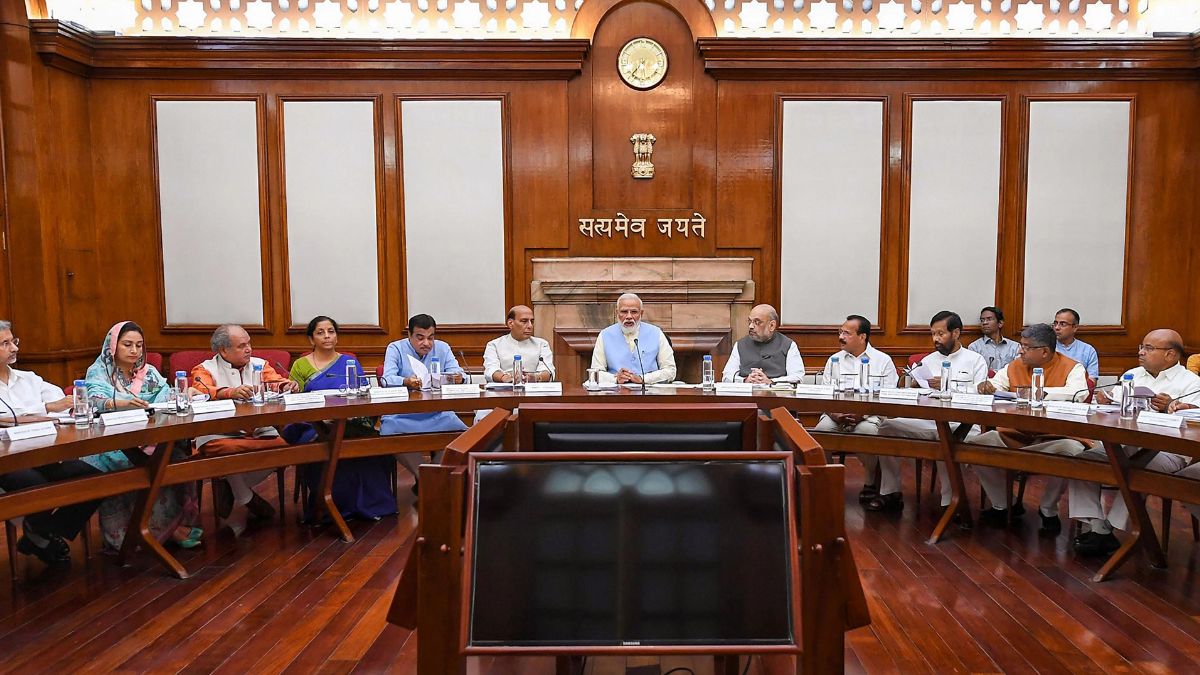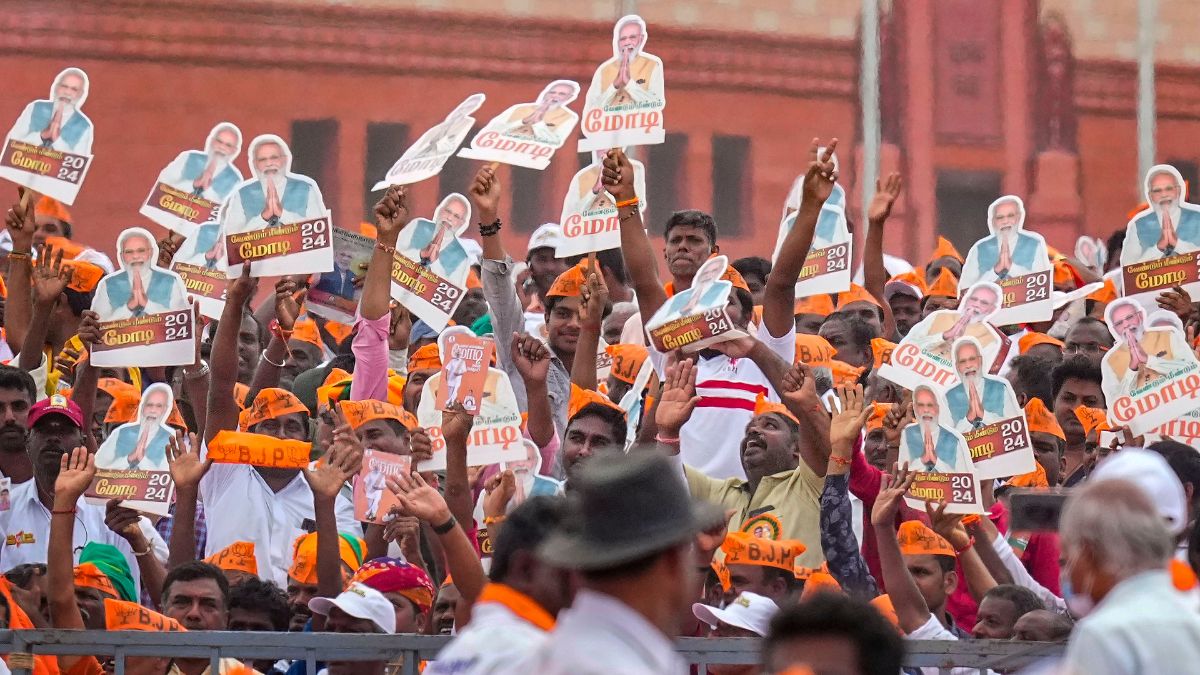Jammu is Jammu and Kashmir is Kashmir; the twain shall not meet. This is the biggest takeaway from this election.
The BJP has done extremely well in Jammu but it has not been able to open its account in the Valley. The People’s Democratic Party—derided as Papa Daughter Party by its opponents—has swept the Valley and has a scattered presence in some other regions of the state.
What does this mean?
One: there is a clear political and ideological divide between the two distinct regions of the state. Unfortunately, the wedge has become deeper in this election.
Two: voting has taken place primarily on communal lines with the predominantly Hindu constituencies voting for the BJP and the others rejecting it.
The fractured mandate in the state is not just a political problem. The results underline deeper division: Who would the next chief minister and his government represent: Jammu or Kashmir?
It is clear that the PDP will be the single-largest party in the state. So, it is likely to get the first shot at government formation in the state, unless, of course, the Centre does some mischief and the BJP wrangles the first invite by claiming to have more allies.
The Congress (with around 15 seats) and the PDP (with around 30) are in a position to form an alliance and the next government. But this may be the right time to rise above political arithmetic and take decisive steps to bridge the Jammu-Kashmir divide.
For this to happen, the BJP and the PDP should form the next government. This is the only viable solution to the problem created by the Jammu vs Kashmir verdict.
The PDP has the option of seeking the support of the Congress, which has done better than expected. So, it is incumbent upon the BJP to make conciliatory gestures towards the PDP to ensure that the state gets a government that reflects the aspirations of the entire state.
In the run up to the election, the BJP was guilty of double-speak in the state. What it said in Jammu was sometimes in stark contrast to its assertions in Jammu. It confused the voter further because of its ambiguous stand on Article-370.
If the BJP now wants to be part of the government, it will have to jettison its policy of treating Jammu and Kashmir as separate states. It will have to stop playing its dangerous divisive game.
Prime Minister Narendra Modi had shown a lot of maturity during his election rallies in the state, when he had stuck to the development agenda and stayed clear of other contentious issues. It is now time for him to stand by it.
For the PDP and the BJP to come together, and stay together, both parties will have to commit to a common programme that serves the interests of voters of both the parties—it will have to combine the idea of Kashmiriyat with development.
The PDP has its own problems. Modi had been acerbic in his attack on the Papa-Daughter and Papa-Son _sarkar_s of the past. For Mufti Mohammed Sayeed and Mehbooba Mufti to accept the support of the BJP will be a huge compromise, especially when the Congress appears to be the more convenient ally.
But Mufti has been part of the BJP Parivar once. In the VP Singh government of 1989, supported by the BJP and the Left, Mufti was the home minister. So, they have had a history of working together in the past.
But that opportunistic alliance disintegrated because every partner started pursuing its own agenda to the detriment of the other. Unless the BJP and Mufti are willing to learn from the 1989 fiasco, a BJP-PDP alliance would turn out to be just another disaster.


)




)
)
)
)
)
)
)
)